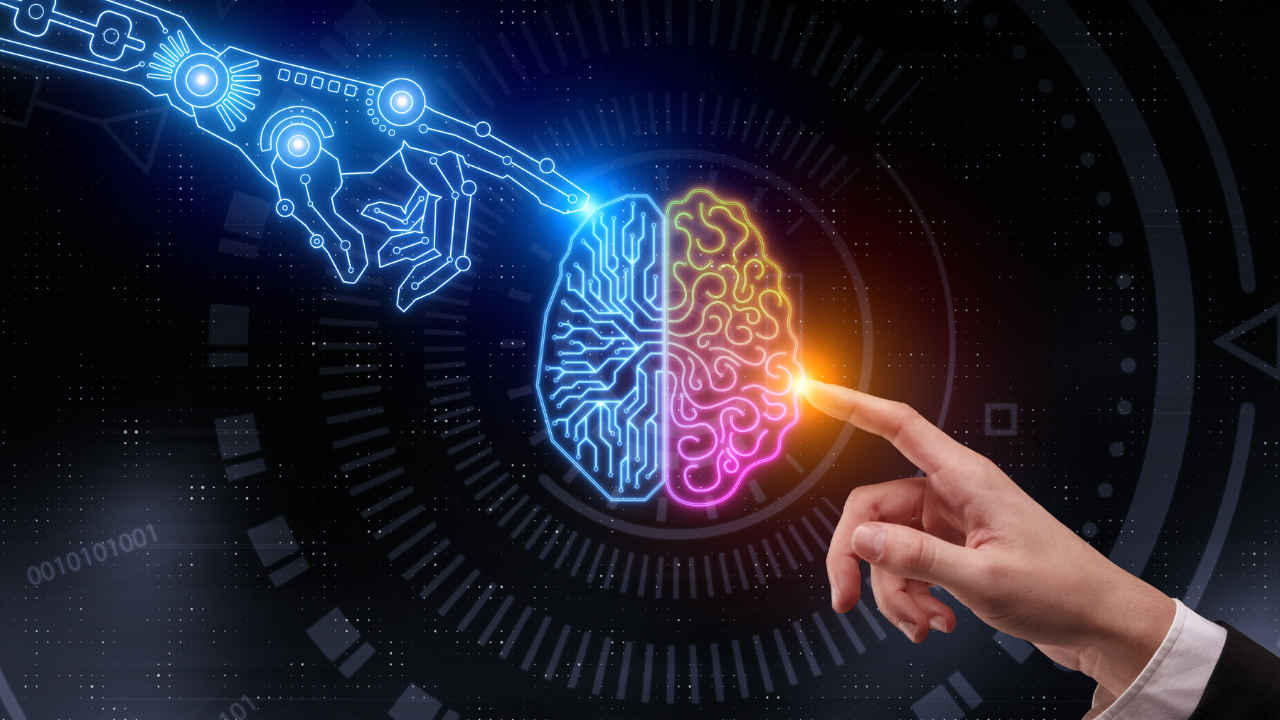Iontronic memristor is the closest brain-like chip ever made: Here’s how it works

Scientists have created a device called an “iontronic memristor,” or in other words, an artificial synapse.
It is the first successful attempt where a device can copy the way the human brain thinks.
It is made entirely of water, instead of silicon and metals which were used previously.
Our brain is such a complex and high-performing organ that scientists have always been in awe of it. It can do so much, and make it seem so simple. Scientists have been trying to reach the capabilities of a brain artificially for a while now. In recent news, research led by Tim Kamsma, under a joint collaboration of the Utrecht University in the Netherlands and the Sogang University in South Korea has borne fruits. They have created a device called an “iontronic memristor (memory resistor),” or in other words, an artificial synapse.
You may come at me and say that a lot of people have tried to mimic the brain and its functioning. Why is the iontronic memristor so special?

So in layman’s terms, this device is the first successful scientific attempt where a device can copy the way the human brain thinks. Within the iontronic memristor is a tapered microfluidic channel, shaped like a cone. Inside this cone, you will find a solution of salt dissolved in water. It is made entirely of water, instead of silicon and metals which were used previously.
Also read: Elon Musk’s Neuralink initiates human Brain Chip implantation: Here’s what happened
How does the iontronic memristor work?
Now that we know that the device has salt and water, let me tell you what happens next. When an electrical signal is received. The ions present in this solution move up the channel and keep changing their positioning. Because of this the density and conductivity of the ion changes. This changes how the iontronic memristor conducts electricity.

How is this similar to our brain?
In this article, we learned pretty much about how our brain functions. So our brain cells connect more strongly or weakly on the basis of the emotions that we experience. That’s what the ions do there. The fluidic ion channels are able to copy the fluid mechanism of our brain quite closely.
This is why this is the closest attempt yet to mimic how our brains work in an artificial setup.

Mustafa Khan
Mustafa is a young tech journalist who tells it like it is, cutting through buzzwords to deliver straightforward smartphone reviews. He’s the office go-to for insider tips and quick demos, and his video content doesn’t waste anyone’s time. When he’s off the clock, he geeks out over cars, photography, and hunting down the best spot for Indian food. View Full Profile




